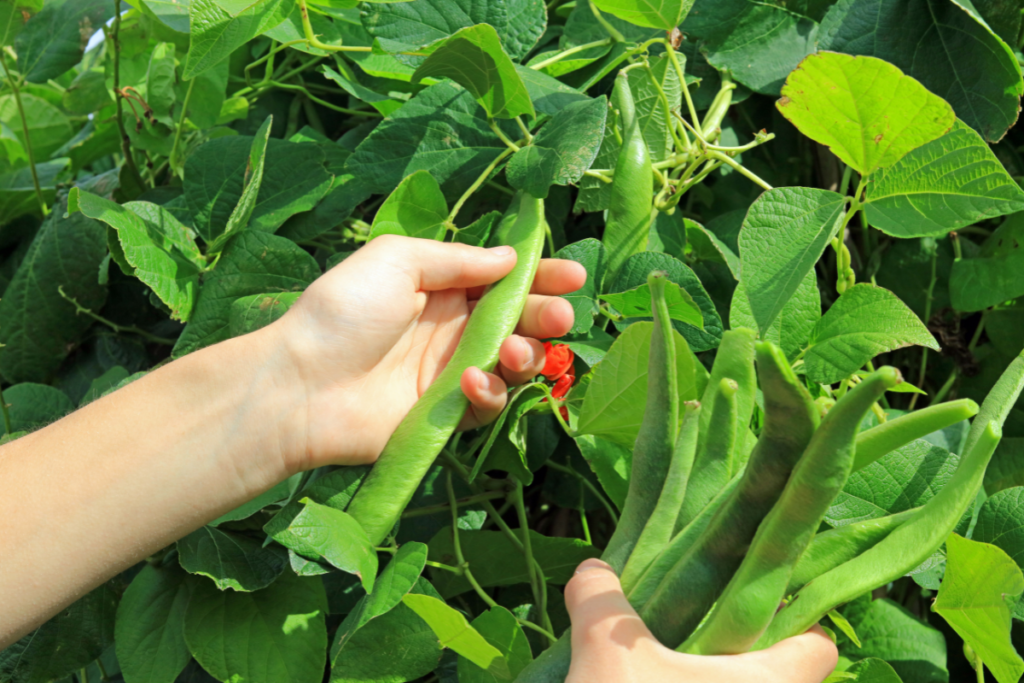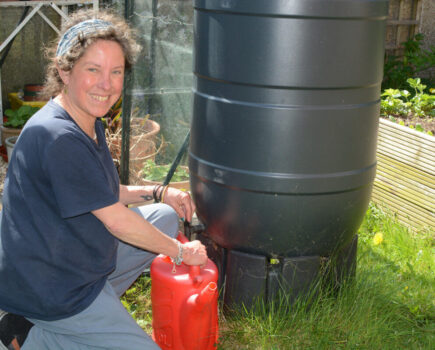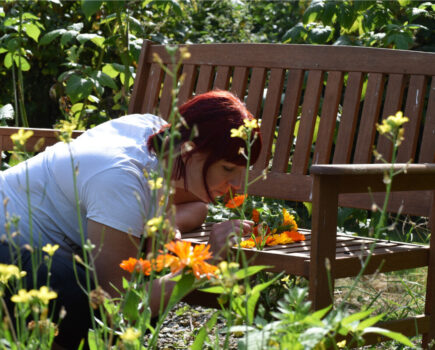It’s time to take your pick
Right now many crops are maturing. It’s been a tough year, with many edibles suffering cold weather in much of the country. I know the meteorologists surprised us by announcing that May was the warmest ever, on average, but that was only because nights were not so cold, though the days were sadly not so warm.
Despite the cold, wet, windy conditions, some crops have done well and need harvesting before they go over, and with crops yielding poorly it becomes even more important to salvage what we can, not letting any go to waste. Most crucial is to never delay picking courgettes, cucumbers and gherkins. Inspect plants regularly as one day they’re firm and perfect, and the next swollen, gone over and decidedly less-appealing overall. Worse, leave just one to swell and the plant stops setting any more. Indeed if any of these cucurbits stops producing more fruits, look more carefully as I guarantee one’s hidden, swelling away. Likewise keep picking sweet pea flowers, if you leave one to set seeds the whole plant stops, so pick clean daily and these beauties will keep on blooming.

Get more from your beans and peas
French and runner beans also give larger crops if they are continually picked, though they can be visited slightly less often, say every other day or twice a week. Generally pick younger, rather than older anyway as they’re more tender. Batches of peas need monitoring; early varieties have cropped already but later sowings can crop on into autumn. Peas go over rapidly, so do pick as soon as most pods are full, or a tad earlier for safety.
Of course, mangetout and sugar snap sorts, where we eat the whole pod need picking even more promptly before they toughen, still those gone over need not be wasted and can be shelled as with other peas.
Thin out your roots
Root crops such as carrots, turnips, swedes, parsnips, beetroots and kohlrabi can be used small or left to grow larger, But always thin so they’ve room to grow or they’ll be miserable. Cabbages can be left till they are wanted, though if growing too strongly they might split. If this happens, pull up the rest of the batch, remove the loose leaves and hang upside down in a cool shady place or in the fridge.
Further crop watching tips
Cauliflowers need watching because their white curds yellow in sunlight before they’re quite ready, so bend over the outer leaves to shade them. Broccoli heads similarly degrade so may be shaded in the same way, though they are better taken sooner as they are more tender. Once the flower buds expand they become flaccid and less appealing.
Garlic should be up and drying by now, and if it isn’t, lift before the leaves totally disappear and you lose track of their position. If this happens, wait till early October when the bulbs will sprout, then dig them up, divide and replant for your following year’s crop. With onions, never bend their necks down as sometimes advised ‘to aid ripening’, as trials showed this increased losses in storage. Better, slice their roots off deep underneath with a sharpened spade, then they’ll start to ripen and dry.
And remember to pick or protect your tomatoes if they’re ripening outdoors, birds will steal them as fast as they are your soft fruit.
Find more tips, advice and articles like this at the Amateur Gardening website. Subscribe to Amateur Gardening magazine now





